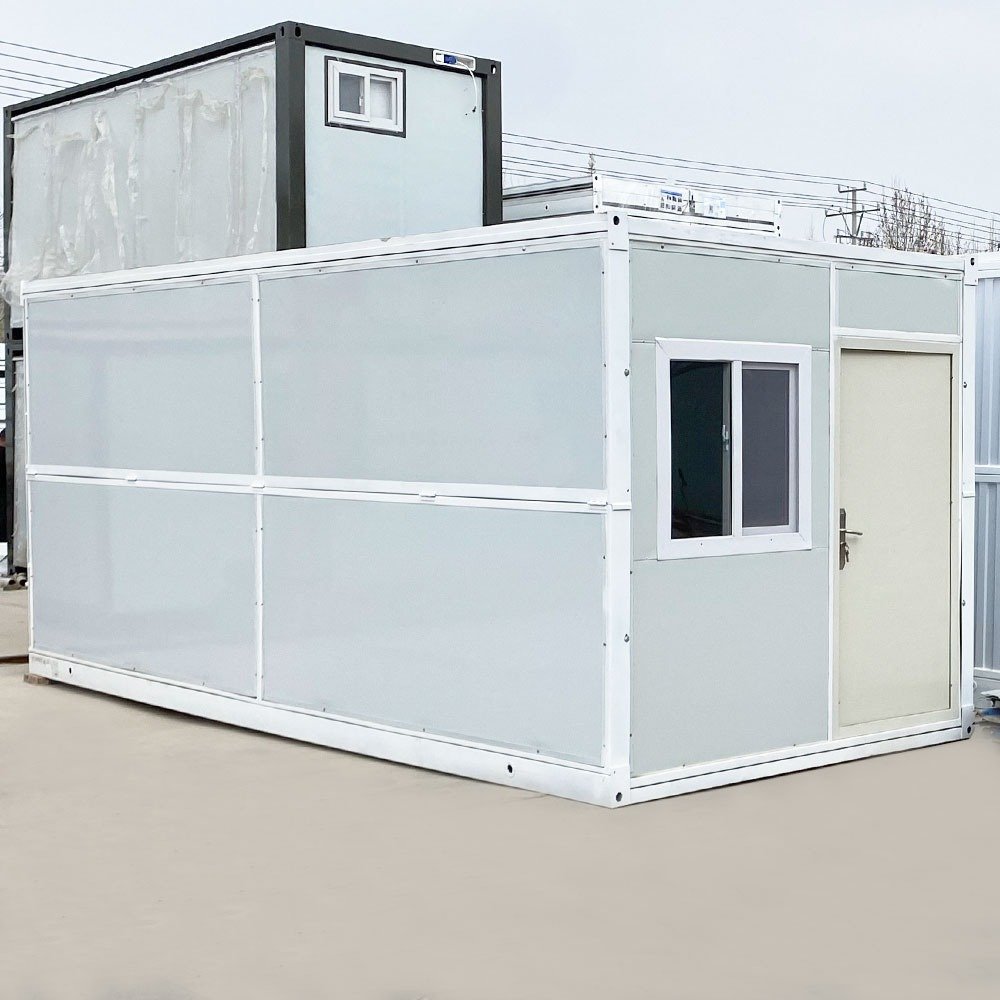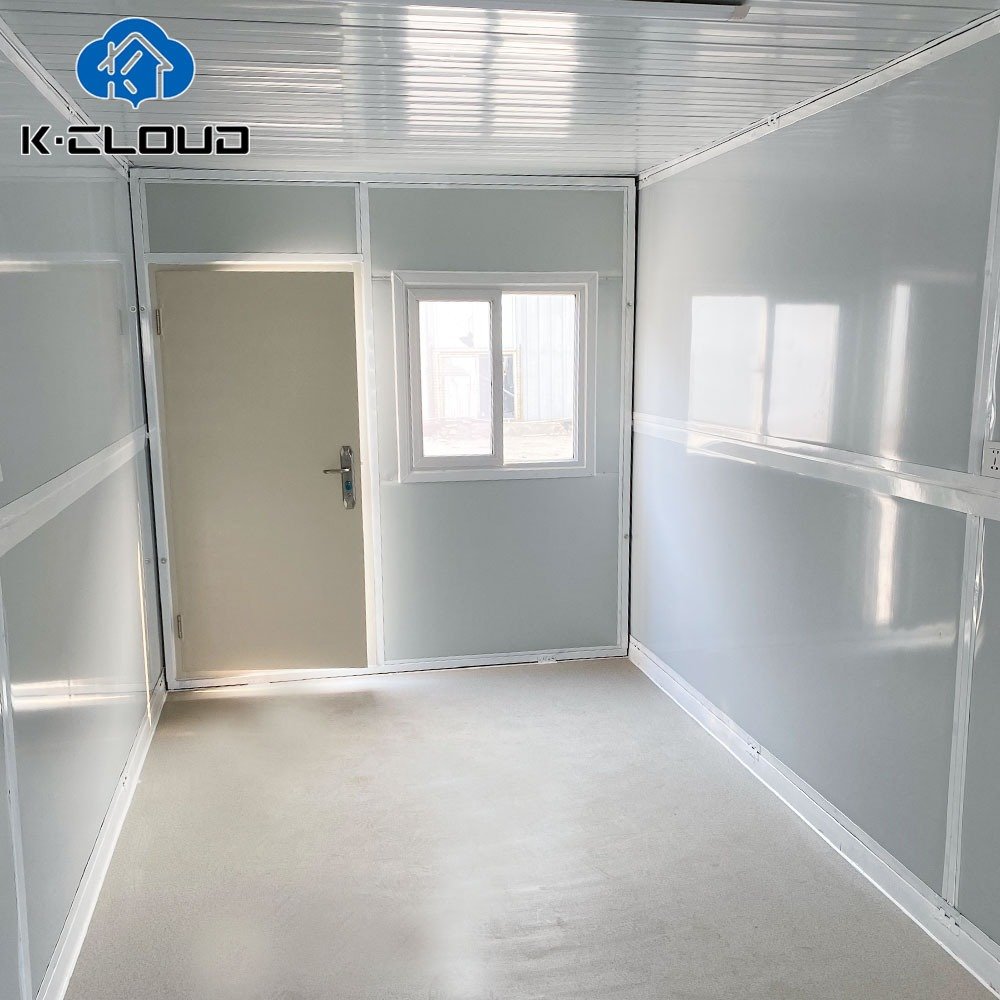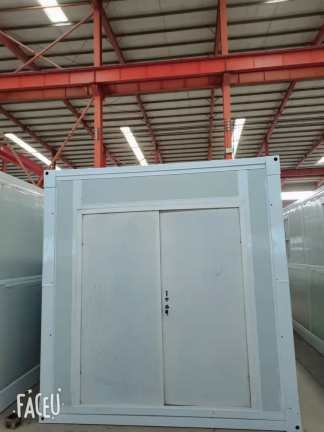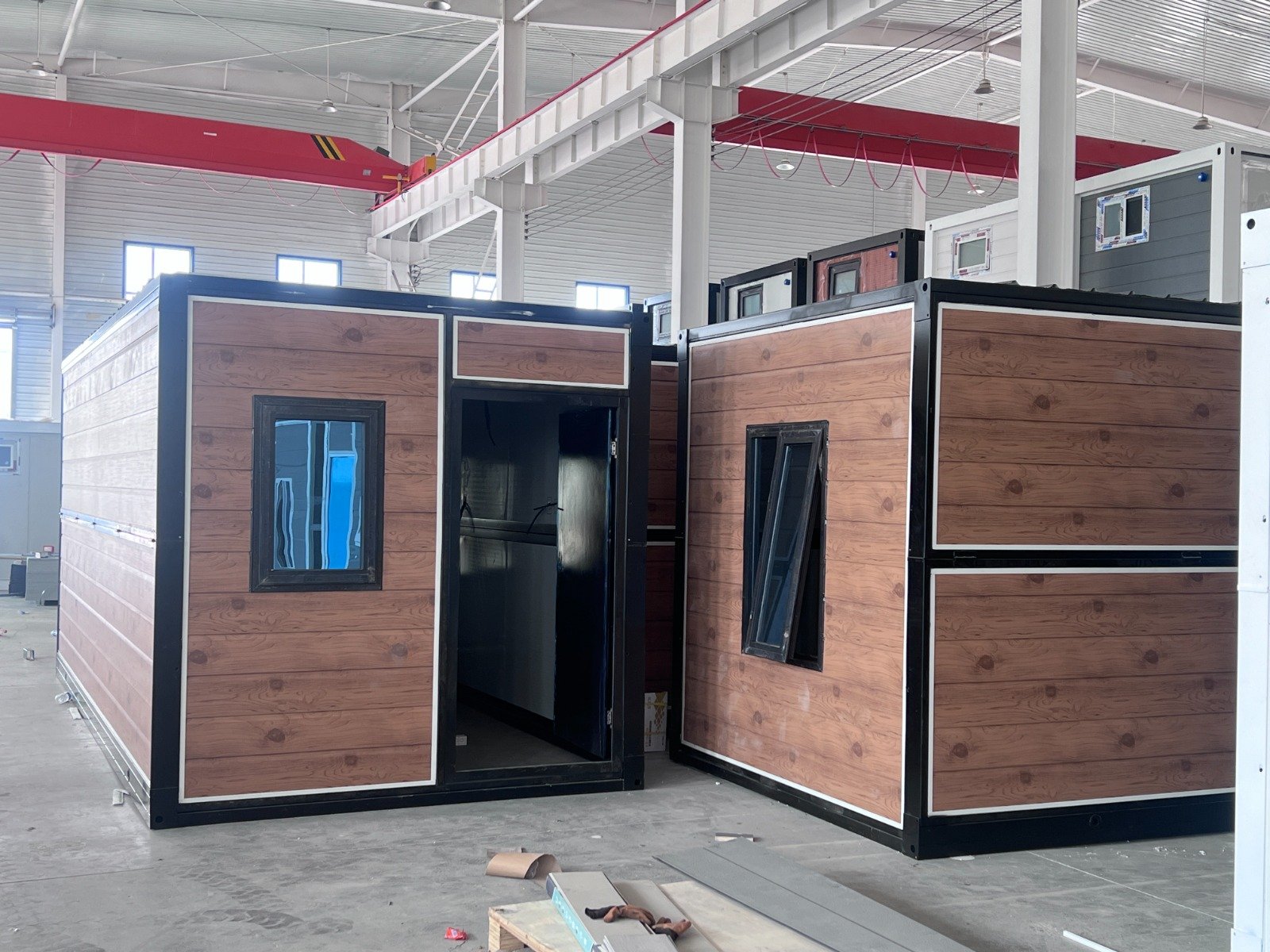Design and Structure:
Compact and Portable: These units are designed to be easily transported and assembled. When folded, they occupy minimal space, making them ideal for shipping and storage.
Durable Materials: Typically constructed from high-quality steel frames and insulated panels, ensuring durability and weather resistance.
Customizable Interiors: The interiors can be tailored to specific needs, whether for residential, office, or storage purposes. Options include built-in furniture, electrical wiring, plumbing, and HVAC systems.
Eco-Friendly: Often made with sustainable materials and designed for energy efficiency, reducing the environmental footprint.
Features:
Quick Assembly: Can be set up within hours using basic tools, thanks to pre-fabricated components and a user-friendly design.
Versatility: Suitable for various applications, including temporary housing, emergency shelters, offices, and storage units.
Expandable: Multiple units can be connected to create larger spaces, offering flexibility in design and usage.
How They Are Made
Design Phase:
Blueprints and Specifications: Create detailed blueprints and specifications based on the intended use. This includes dimensions, materials, and interior layout.
Engineering and Testing: Ensure the design meets structural and safety standards through engineering analysis and testing.
Manufacturing Phase:
Material Selection: Choose high-quality materials such as steel for the frame and insulated panels for walls and roofs.
Fabrication: Cut and assemble the steel frame and panels according to the design specifications. This includes welding, painting, and adding protective coatings.
Pre-Assembly: Pre-assemble components like doors, windows, and interior fixtures in a controlled factory environment to ensure quality and precision.
Assembly Phase:
Transportation: Transport the pre-fabricated components to the site. The compact, foldable design makes this process efficient and cost-effective.
On-Site Assembly: Unfold and assemble the unit on-site. This typically involves connecting the frame, securing the panels, and installing interior fixtures.
Finishing Touches: Complete the interior setup, including electrical, plumbing, and HVAC installations. Add any custom features as per the client’s requirements.
Quality Control:
Inspection: Conduct thorough inspections to ensure the unit meets all safety and quality standards.
Testing: Test all systems (electrical, plumbing, HVAC) to ensure they are functioning correctly.
These foldable modular units offer a practical and efficient solution for various needs, combining portability, durability, and customization. If you have any specific features or requirements in mind, feel free to share, and I can provide more tailored information!





